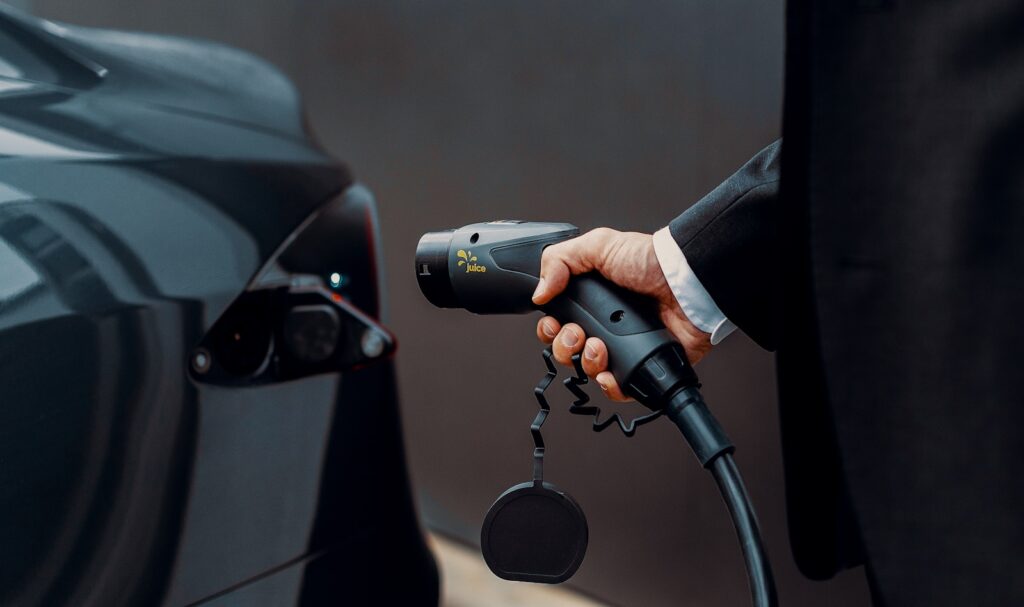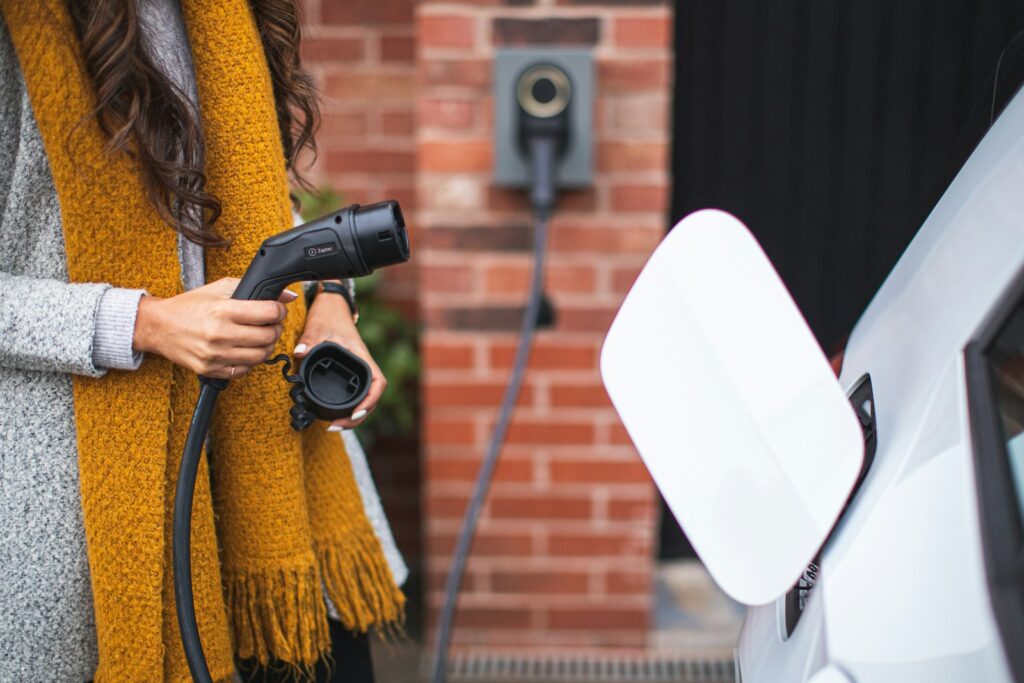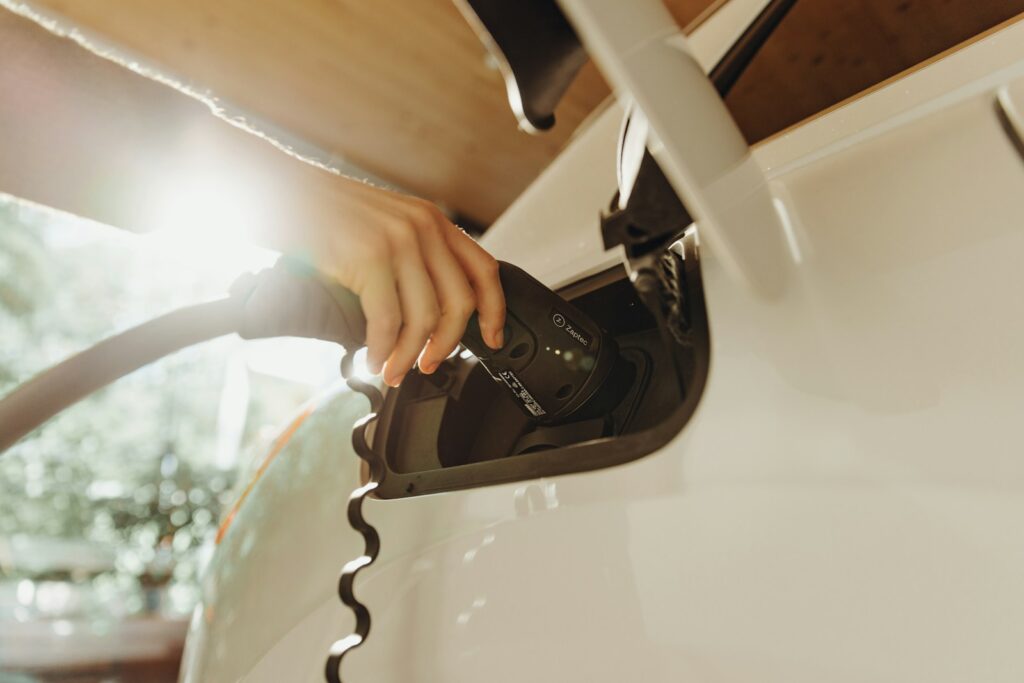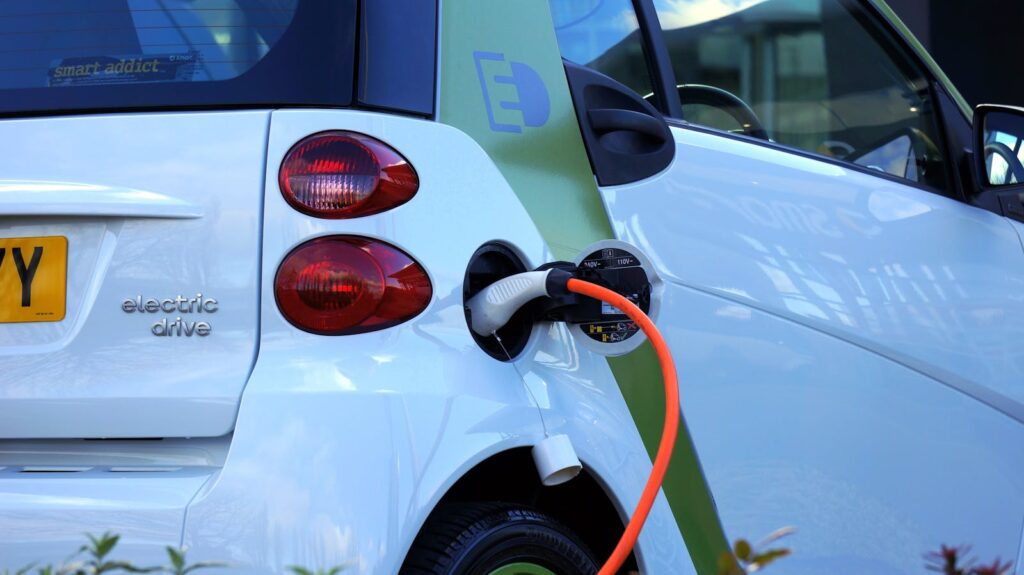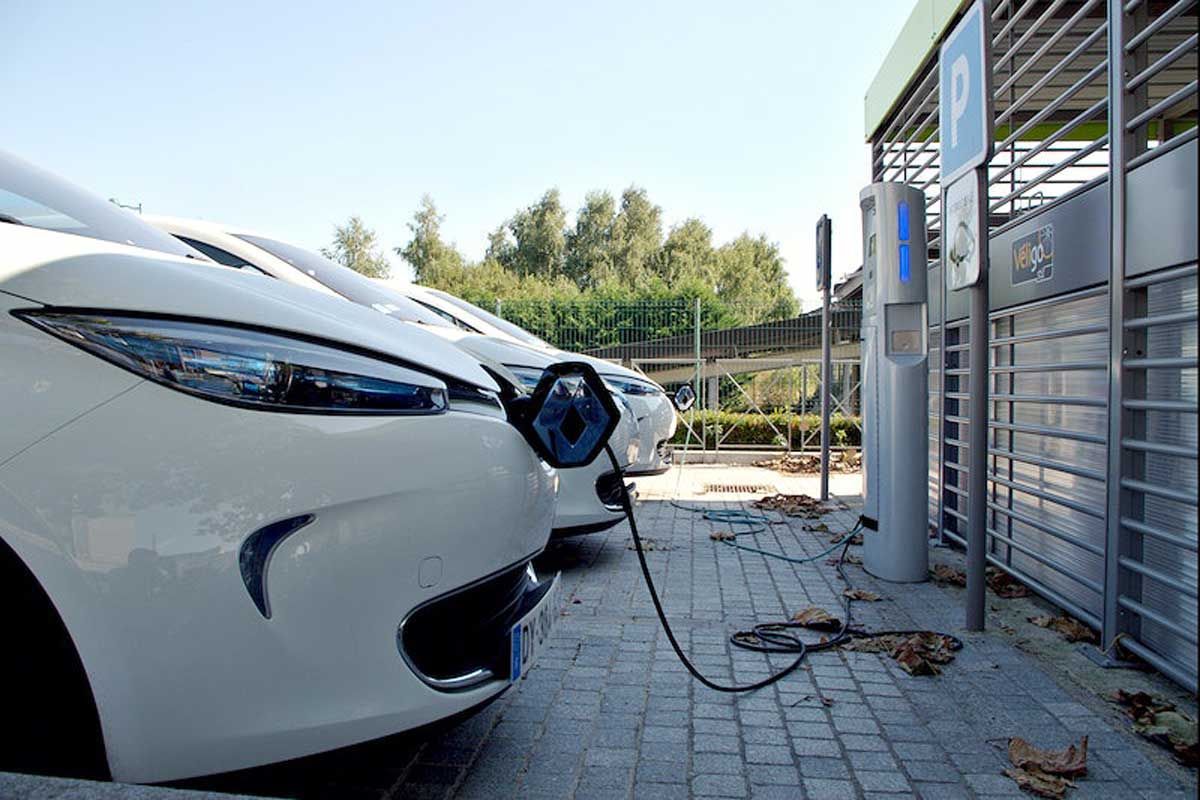
As mainstream curiosity surrounding electric vehicles (EVs) continues to surge, driven by a ten-year extension in federal tax credits under the Inflation Reduction Act, there has never been a more opportune and exciting moment to consider purchasing an EV. With an ever-widening selection of models available, consumers are presented with unprecedented choices. However, a crucial piece of information often overlooked by many U.S. consumers pertains to the myriad of electric vehicle tax credits, rebates, and exemptions that may be available to them at the state level, in addition to potential discounts or money back on EV charger installations. Understanding these localized benefits can significantly impact the total cost of ownership and make the transition to electric even more appealing.
Indeed, while the federal government, through initiatives like the Inflation Reduction Act, aims to bolster EV adoption nationwide by offering perks that we hope will remain extended for another decade, state credits and rebates operate on an entirely different timeline and scale. The benefits currently available won’t last forever, emphasizing the importance of acting now. There are numerous options in a majority of states that discerning buyers can and absolutely should take advantage of. It’s essential to grasp how these incentives or exemptions differ from the broader federal credits to truly maximize your savings.
There are important distinctions between federal and state electric vehicle tax credits that every prospective EV owner should be aware of. While federal credits, like the potential $7,500 federal tax credit for an electric vehicle under the revised terms of the Inflation Reduction Act, apply across the entire United States, state credits and rebates exhibit considerable variation by territory. They can be far more abundant and tailored to specific regional goals—or, in some cases, less comprehensive. Furthermore, state-level incentives can often be more granular, extending down to specific counties or even energy companies. To help navigate this intricate landscape, this guide breaks down the incentives available, state-by-state, focusing on new or used EV purchases or leases, as well as charger installations, with data updated as of January 2025. This thorough overview, compiled with information confirmed by visiting many state incentive websites, is designed to provide you with actionable financial advice to empower your EV purchase decisions.
1. **Alaska: Tapping into Local Utility Rebates for EV Ownership**For residents in Alaska looking to embrace electric mobility, specific regional initiatives are making EV ownership more accessible. The Alaska Power and Telephone (AP&T) utility, for example, extends a direct rebate to its residential customers. This program is designed to provide a financial incentive for those who choose to invest in an electric vehicle, whether it’s a brand-new model or a pre-owned one. The key here is that the rebate is tied to the utility service, highlighting the importance of checking local providers for similar opportunities.
Under the AP&T Electric Vehicle Rebate, eligible residential customers can receive a $500 rebate. This isn’t just for cars; it broadly includes electric motorcycles as well, expanding the scope for different types of EV enthusiasts. A practical requirement for eligibility is that the vehicle must possess a minimum battery size of at least 14 kilowatt-hours (kWh). This specific detail ensures that the rebate supports vehicles with a substantial electric range, contributing effectively to reduced emissions and greater fuel independence.
Therefore, if you’re an AP&T residential customer in Alaska, this $500 rebate serves as a straightforward financial boost to your EV purchase or lease. It’s a clear example of how localized incentives, even if not statewide, can offer tangible savings and encourage EV adoption within specific service territories. Prospective buyers should always confirm their eligibility and ensure their chosen EV meets the stipulated battery capacity to take full advantage of this offering.
2. **Arizona: Financial Relief Through Alternative Fuel Tax Exemptions**Arizona offers a different, yet equally valuable, form of incentive for those considering alternative fuel vehicles, including EVs. Rather than a direct upfront rebate on the vehicle purchase, the state provides an Alternative Fuel and Alternative Fuel Vehicle (AFV) Use Tax Exemption. This benefit focuses on reducing the ongoing operational costs and conversion expenses associated with AFVs, making them a more economically sound choice for residents and businesses.
Specifically, Arizona use taxes are waived for natural gas or propane used in an AFV. More importantly for EV owners, this exemption extends to alternative fuel vehicles themselves when converted to operate on alternative fuels, and crucially, to the equipment used to convert a diesel vehicle to an AFV. This means that for individuals or businesses looking to modify existing vehicles or utilize certain alternative fuels, the state provides a direct tax advantage. The recognized alternative fuels under this exemption are comprehensive, encompassing propane, natural gas, electricity, hydrogen, and even a blend of hydrogen with propane or natural gas.
This tax exemption underscores Arizona’s commitment to fostering a diverse range of alternative fuel adoption. For EV drivers, the inclusion of electricity as a recognized alternative fuel is particularly beneficial, as it alleviates certain use taxes that might otherwise apply. While not a direct purchase incentive, this ongoing tax relief can add up to significant savings over the lifetime of an electric vehicle, making the operational aspect of EV ownership more attractive from a financial planning perspective. It’s a practical, actionable benefit for those committed to alternative transportation.
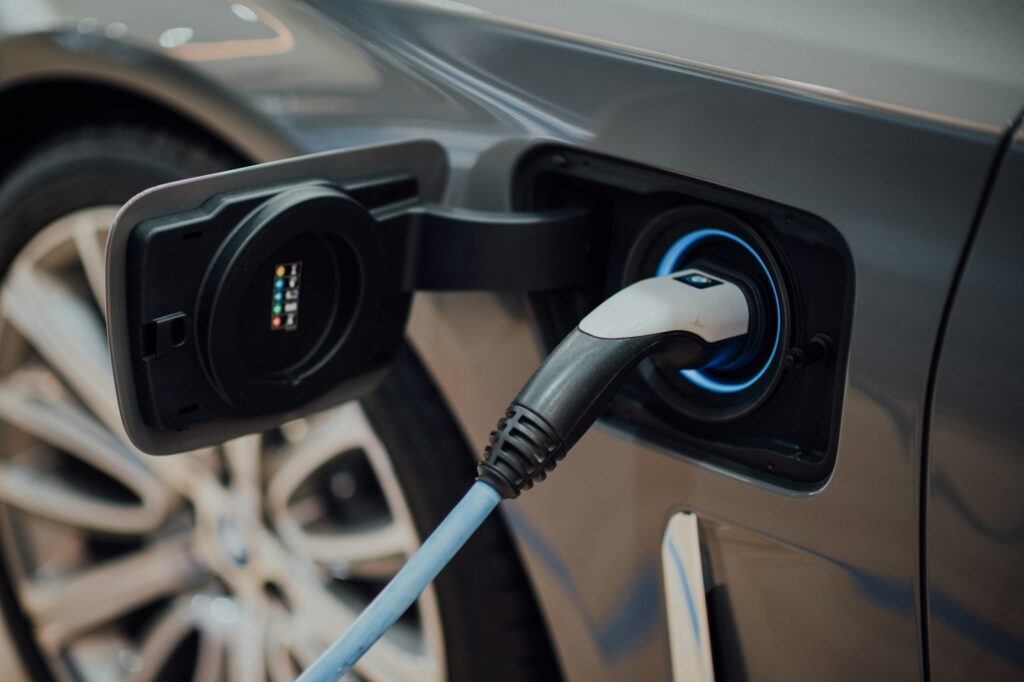
3. **California: A Multi-Layered Approach to Electric Vehicle Adoption**California stands out with an exceptionally robust and diverse array of incentives designed to accelerate electric vehicle adoption, reflecting its pioneering role in environmental policy. The state’s approach is multi-faceted, involving grants, rebates, and tax exemptions from various state agencies, utility providers, and regional air quality management districts. This complex but comprehensive system provides numerous pathways for residents to save significantly when purchasing or leasing an EV or plug-in hybrid electric vehicle (PHEV), often with enhanced benefits for income-qualifying individuals.
At the state level, the California Air Resources Board (CARB) offers substantial grants to income-qualifying individuals. These grants can be as high as $7,500 for the purchase or lease of a new or pre-owned EV, and up to $7,000 for PHEVs. Beyond the vehicle itself, CARB also recognizes the importance of charging infrastructure, providing grants of up to $2,000 for the purchase and installation of a Level 2 EV charging station. This holistic support ensures that not only is the vehicle more affordable, but the transition to convenient home charging is also subsidized, making the entire ecosystem more accessible.
Local utilities and regional districts further amplify these opportunities. For instance, Alameda Municipal Power (AMP) provides cash rebates of $1,500 for used Battery-Electric Vehicles (BEVs), with an impressive additional rebate of up to $6,000 for income-qualifying customers. Similarly, the Bay Area Air Quality Management District’s (BAAQMD) Clean Cars for All program offers grants up to $12,000 for income-eligible residents who replace older, less efficient vehicles (model year 2007 or older) with an EV, HEV, PHEV, or FCEV. The magnitude of these grants, tied to vehicle replacement and income, highlights a strong incentive for upgrading to cleaner transportation.
Throughout California, additional programs from various entities like Burbank Water and Power (BWP), Central Coast Community Energy (CCCE), Colton Public Utilities, Los Angeles Department of Water and Power (LADWP), MCE, Pacific Gas and Electric (PG&E), Pasadena Water and Power (PWP), Peninsula Clean Energy (PCE), Riverside Public Utilities Department, San Diego Gas & Electric (SDG&E), San Joaquin Valley Air Pollution Control District (SJVAPCD), Silicon Valley Power (SVP), Southern California Edison (SCE), and Vernon Gas & Electric (VGE) offer a spectrum of rebates for new, used, and income-qualified EV and PHEV purchases or leases. These range from hundreds to thousands of dollars, often with increased amounts for low-income residents, underscoring the state’s commitment to equitable access to clean vehicles. For example, LADWP offers up to $1,500 for used EVs, with an additional $2,500 for Lifeline or EZ-SAVE customers, demonstrating significant support for those who need it most.
Beyond direct purchase incentives, California also offers benefits such as the fuel-efficient vehicle sales tax exemption for vehicles purchased using a Clean Cars 4 All grant, and voluntary vehicle retirement incentives through the California Bureau of Automotive Repair’s Consumer Assistance Program (CAP), which can provide $1,000 to $1,500 for retiring older, polluting vehicles. The sheer volume and diversity of these programs mean that almost every Californian interested in an EV can find an incentive tailored to their specific situation, though careful research into local eligibility requirements is always advised due to the granular nature of these programs.
Read more about: Beyond the Sticker Price: Unpacking the Steep Rise in Car Registration Fees Across the U.S.
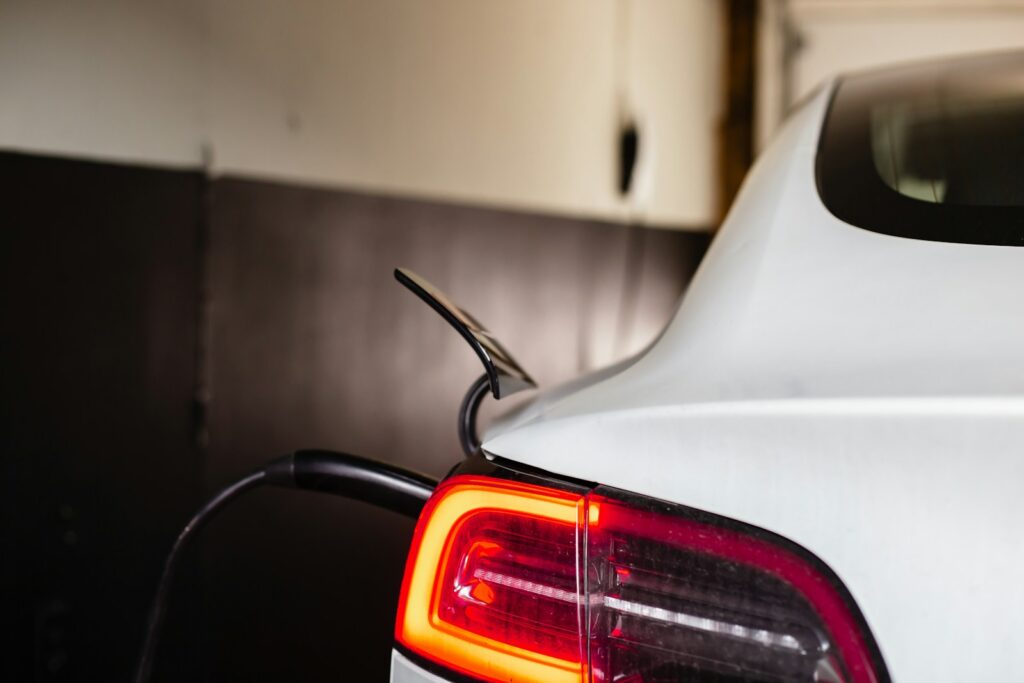
4. **Colorado: Direct State Tax Credits and Local Utility Support for EVs**Colorado presents a compelling landscape for EV buyers with a combination of statewide tax credits and localized utility rebates. The state has a direct tax credit for qualified EVs that are titled and registered within Colorado, providing a significant incentive for residents to make the switch to electric. This structured approach helps ensure broad adoption across the state, complementing federal efforts.
For light-duty EVs purchased or leased before January 1, 2029, a tax credit of $3,500 is available for the calendar year 2025. This applies to both light-duty EVs and light-duty electric trucks. An exceptional added benefit for consumers is that light-duty EVs purchased or leased between January 1, 2024, and January 1, 2029, with a manufacturer’s suggested retail price (MSRP) below $35,000, may receive an *additional* tax credit of $2,500. This could potentially bring the total state tax credit to $6,000 for more affordable models, significantly reducing the upfront cost. Furthermore, medium-duty electric trucks qualify for a substantial $12,000 credit in 2025, and heavy-duty electric trucks also receive $12,000 in 2025, demonstrating the state’s commitment to electrifying various vehicle classes.
In addition to the state tax credit, local electric associations in Colorado offer further rebates. The Gunnison County Electric Association (GCEA) provides rebates for both new and used EV purchases. Customers can receive a 25% rebate of the purchase price for a used BEV, up to $1,000, and a 25% rebate, up to $500, for a used PHEV with an all-electric range of at least 25 miles. New BEV or PHEV purchases qualify for a rebate up to $1,000, making new purchases more attractive. The San Isabel Electric Association (SIEA) also supports its residential customers with a $500 rebate for the purchase of qualified EVs. These local incentives demonstrate how utilities are actively participating in the broader goal of encouraging EV adoption.
5. **Connecticut: Comprehensive Rebates for New and Used EVs, Plus Income-Based Boosts**Connecticut has established the Connecticut Hydrogen and Electric Automobile Purchase Rebate Program (CHEAPR), a robust initiative offering substantial rebates for both new and, notably, used eligible EVs and PHEVs. This program is designed to make electric vehicles more financially attainable for a wide range of residents, with a particular focus on supporting income-qualified individuals through enhanced incentives. The comprehensive nature of CHEAPR ensures that various financial situations are considered, broadening access to cleaner transportation.
For new eligible vehicles, CHEAPR offers rebates up to $9,500, provided the manufacturer’s suggested retail price does not exceed $50,000. Specifically, standard rebates are $750 for PHEVs and $1,500 for BEVs. However, Connecticut significantly amplifies these benefits through its “Rebate Plus” program for applicants who participate in state or federal income-qualified programs. Under Rebate Plus, new PHEVs receive $1,500 and new BEVs receive an impressive $4,500. This tiered system helps ensure that the financial advantages of going electric are accessible across different economic demographics within the state.
A standout feature of Connecticut’s program is the inclusion of rebates for used eligible vehicles, specifically for Connecticut residents who participate in certain income-qualified programs. For these individuals, a used PHEV can qualify for a $3,000 rebate, and a used BEV can receive an even more significant $5,000 rebate. This commitment to supporting the used EV market is crucial for making electric vehicles a more affordable option for many. Furthermore, Norwich Public Utilities (NPU) offers its own set of rebates, providing an additional layer of savings: $1,000 for new PHEVs, $1,500 for new BEVs, $500 for used PHEVs (model year 2019 or newer), and $1,000 for used BEVs (model year 2019 or newer). These combined programs demonstrate Connecticut’s strong, multi-faceted approach to promoting EV adoption.
6. **Delaware: Empowering EV Ownership with Diverse Rebates and Price Caps**Delaware offers a direct and clear rebate program through its Department of Natural Resources and Environmental Control (DNREC) for the purchase or lease of new or used Battery Electric Vehicles (BEVs) and Plug-in Hybrid Electric Vehicles (PHEVs). This program is designed to be accessible to a broad spectrum of applicants, including Delaware residents, businesses, organizations, and government entities, fostering widespread adoption of clean vehicles across the state. The structured rebate amounts and vehicle price caps provide clear guidance for consumers.
To ensure the program supports a range of affordable options, eligible EVs and PHEVs may not have a retail price above $50,000. For vehicles purchased or leased on or after May 1, 2024, the rebate amounts are precisely defined. New EVs with a base MSRP below $40,000 qualify for a $2,500 rebate, while new EVs with an MSRP between $40,000 and $50,000 receive a $1,500 rebate. New PHEVs with an MSRP below $50,000 are eligible for a $1,000 rebate. These tiers provide clear financial incentives based on the vehicle’s original cost, encouraging the purchase of both more affordable and mid-range electric models.
Delaware also extends its support to the pre-owned market, recognizing its importance in making EVs accessible. Pre-owned EVs with a purchase price of $40,000 or less are eligible for a $2,500 rebate, mirroring the top incentive for new, lower-priced EVs. Similarly, pre-owned PHEVs with a purchase price of $40,000 or less can receive a $1,000 rebate. The program also specifies that rebates are limited to six vehicles per fleet, allowing commercial and government entities to transition their fleets efficiently. These well-defined incentives make Delaware an attractive state for prospective EV buyers looking for clear financial assistance.
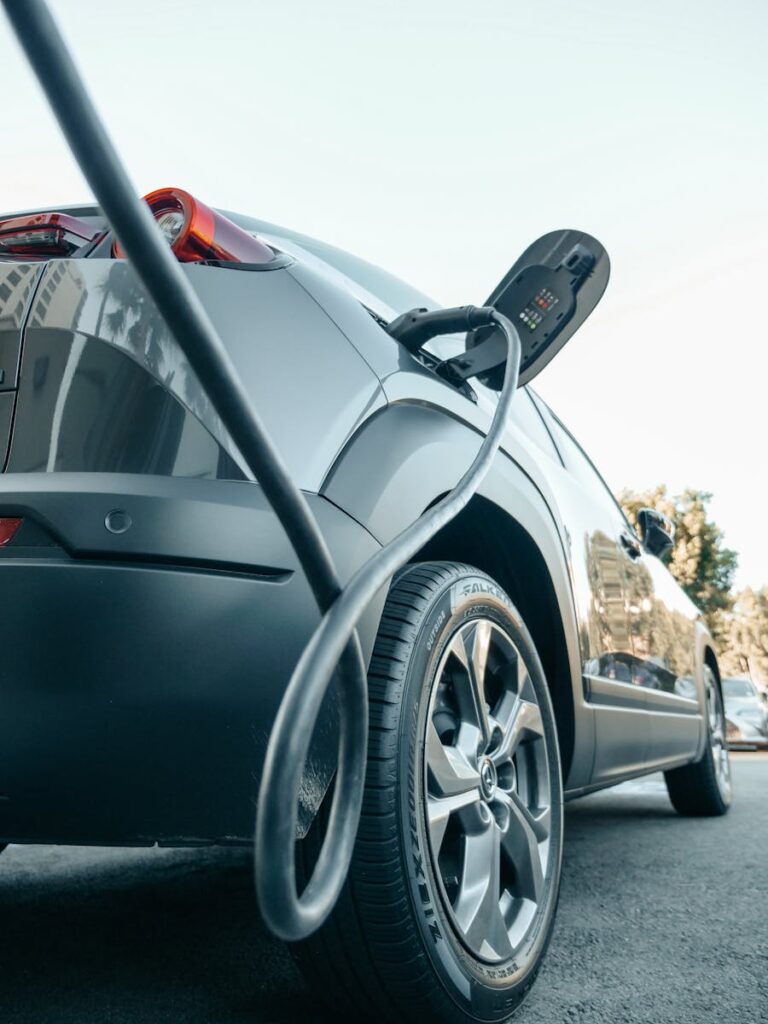
7. **District of Columbia: Incentivizing Conversion, Infrastructure, and Reduced Operating Costs**The District of Columbia takes a multi-pronged approach to encouraging alternative fuel vehicle (AFV) and electric vehicle (EV) adoption, focusing not only on direct purchase but also on conversions, charging infrastructure, and reducing ongoing operating costs through tax exemptions and reduced fees. This comprehensive strategy addresses various aspects of EV ownership and usage, making the urban environment more conducive to sustainable transportation.
For businesses and individuals, the District offers a significant income tax credit for AFV conversion and infrastructure. This credit amounts to 50% of the equipment and labor costs for converting qualified AFVs, with a generous cap of up to $19,000 per vehicle. This is a substantial incentive for those looking to modify existing vehicles to run on alternative fuels. Furthermore, a tax credit is also available for 50% of the equipment and labor costs associated with the purchase and installation of alternative fuel infrastructure on qualified AFV fueling property. The maximum credit for residential electric vehicle charging stations is $1,000, while publicly accessible AFV fueling stations can receive up to $10,000, demonstrating a commitment to building out the necessary support system for AFVs. Qualified alternative fuels include ethanol blends of at least 85%, natural gas, propane, biodiesel, electricity, and hydrogen.
Beyond conversion and infrastructure, DC also offers direct financial relief on vehicle ownership costs. Qualified EVs are exempt from the excise tax imposed on an original certificate of title. This exemption applies to both the original purchaser and subsequent purchasers of the same vehicle, providing a continuous benefit throughout the vehicle’s lifespan in the District. Additionally, new EVs are eligible for a reduced vehicle registration fee of $36 for their first two years of registration. After this initial period, an EV may subtract 1,000 pounds from its manufacturer’s shipping weight to determine its registration weight class, potentially leading to lower long-term registration fees. These combined incentives make EV ownership in the District of Columbia financially attractive from multiple angles, from initial setup to ongoing operational expenses.
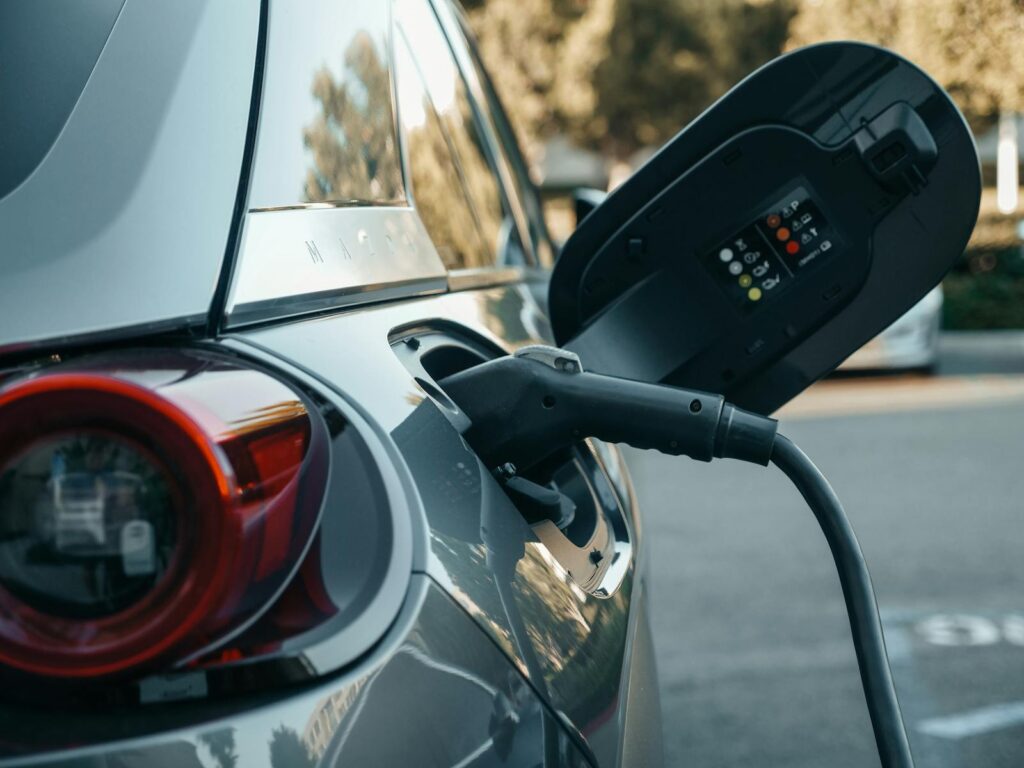
8. **Florida: Streamlining EV Adoption Through Local Utility Initiatives**While Florida may not boast statewide tax credits as extensive as some other regions, local utility companies are stepping up to make EV ownership more attractive. These localized efforts are critical for driving adoption in areas where a broader state framework is still developing, providing direct financial incentives to residents. It highlights the importance for prospective EV buyers to not just look at state-level programs, but also to diligently check with their local energy providers for potential savings.
A prime example of this local support comes from the Orlando Utilities Commission (OUC). OUC offers a straightforward $200 rebate to its residential customers who purchase or lease an eligible new or pre-owned electric vehicle. This modest but effective rebate helps to offset some of the initial costs associated with transitioning to an EV. It serves as a tangible benefit for residents committed to sustainable transportation within OUC’s service territory.
To take advantage of this particular incentive, applicants need to ensure they apply within six months of the purchase or lease date of their EV. This time-sensitive requirement underscores the need for prompt action once a vehicle transaction is completed. For Orlando residents served by OUC, this rebate represents a clear, actionable opportunity to recoup some costs and make their EV journey a little more financially rewarding. Always confirm eligibility with OUC to ensure a smooth application process.
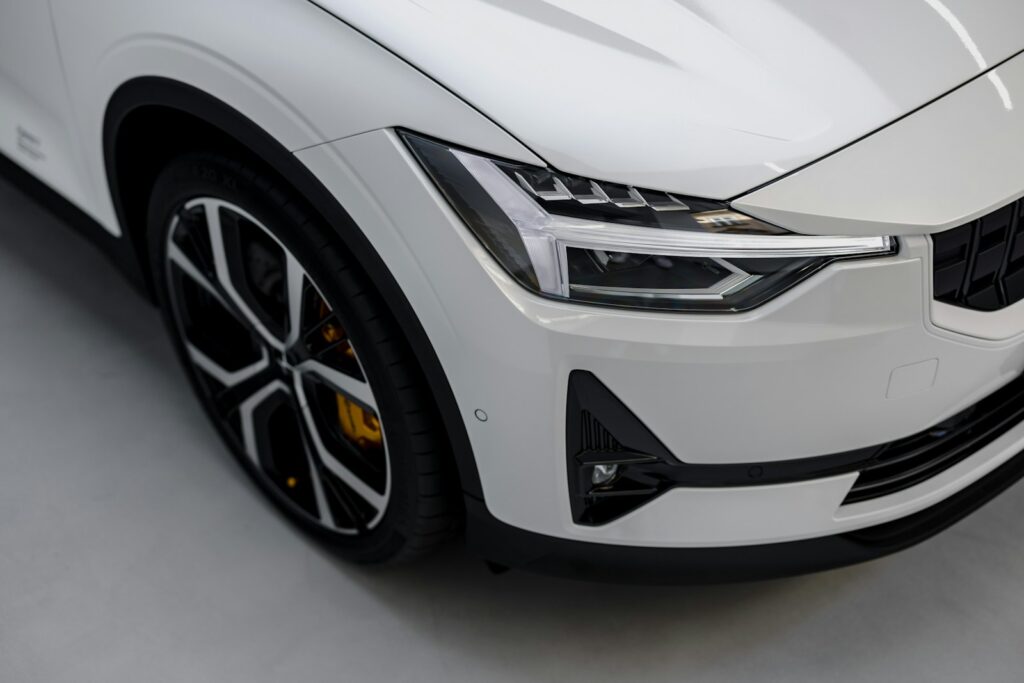
9. **Georgia: Incentivizing Alternative Fuel Vehicle Conversions**Georgia’s approach to encouraging cleaner transportation pathways focuses on supporting the conversion of existing vehicles to alternative fuels, including electricity. This strategy aims to reduce emissions by making it financially viable for individuals and businesses to modify their current vehicles, extending their utility while improving their environmental footprint. It’s a targeted incentive that supports a different segment of the clean vehicle market, complementing direct purchase rebates found elsewhere.
The state offers an income tax credit amounting to 10% of the cost to convert a vehicle to run on natural gas, electricity, propane, or hydrogen. This credit is capped at a generous $2,500 per vehicle, providing substantial financial relief for those undertaking such conversions. To qualify for this benefit, the converted vehicles must be fueled solely by an alternative fuel and, crucially, meet the emissions standards set for low-emission or zero-emission vehicles by the Board of Natural Resources.
This incentive is particularly relevant for those who might not be in the market for a brand-new EV but are keen to make their current vehicle more environmentally friendly. It promotes innovation in alternative fuel usage and vehicle modification. By providing a clear tax advantage for these conversions, Georgia encourages a more diverse and adaptable transition to cleaner energy sources within its transportation sector, emphasizing long-term environmental benefits alongside immediate financial savings.

10. **Illinois: Broad Rebate Programs for New and Used EVs**Illinois has implemented a comprehensive rebate program through the Illinois Environmental Protection Agency (IEPA) designed to support residents in their transition to electric vehicles. This program is notable for its inclusion of both new and pre-owned EVs, recognizing the importance of making electric mobility accessible across different budget points. It’s a progressive step that aims to accelerate EV adoption throughout the state.
For residents purchasing or leasing a new or pre-owned EV, IEPA offers a significant rebate of $4,000. This generous amount is available for vehicles acquired between July 1, 2022, and June 30, 2026. After this period, the rebate amounts are scheduled to adjust, dropping to $2,000 from July 1, 2026, to June 30, 2027, and then to $1,500 starting July 1, 2028. Additionally, the program extends a $1,500 rebate for the purchase of new electric motorcycles, catering to a wider array of electric transport options.
To secure these rebates, EV owners must apply to the IEPA within 90 days of purchasing or leasing and registering their EV in Illinois. It’s also important to note that applicants may only receive one rebate in a 10-year period, ensuring the equitable distribution of funds. A key feature of the Illinois program is its commitment to equity, with low-income applicants being given funding priority, which helps to ensure that the benefits of clean transportation are available to all residents. Understanding these deadlines and eligibility criteria is vital for maximizing savings.
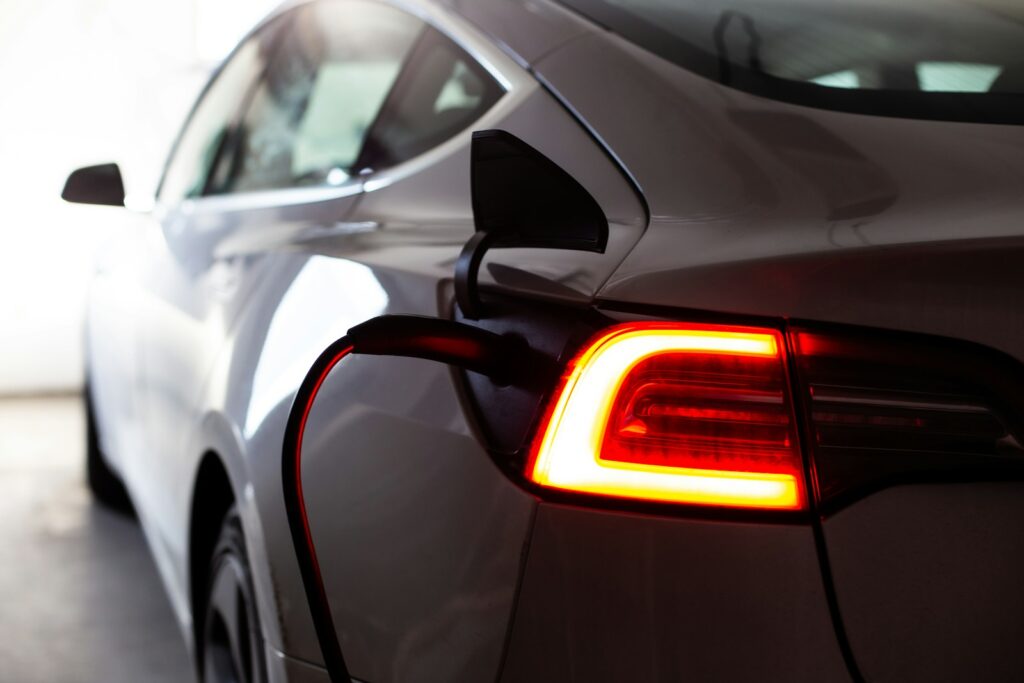
11. **Louisiana: Encouraging EV Registration Through Local Cooperatives**In Louisiana, the push for electric vehicle adoption sees local electric cooperatives playing a direct role in incentivizing their members. While a statewide comprehensive rebate program might not be prominently featured, these localized initiatives provide a clear, direct benefit, fostering EV ownership within specific service territories. It’s an example of how community-level programs can effectively support broader environmental goals.
The Dixie Electric Cooperative, for instance, offers its members a straightforward $100 cash incentive for registering a Battery Electric Vehicle (BEV) within their service territory. This incentive is provided as a one-time bill credit, making it an immediate and tangible reward for members who have chosen to go electric. It’s a hassle-free benefit designed to acknowledge and support their commitment to sustainable transportation.
To receive this registration incentive, cooperative members with eligible BEVs simply need to complete a registration application and supply Dixie Electric with a copy of their vehicle registration showing ownership. Each eligible BEV can qualify for one such incentive, meaning households with multiple BEVs can potentially receive multiple credits. This program specifically targets BEVs, excluding PHEVs or traditional hybrids, ensuring that the incentive directly supports fully electric vehicle adoption within the cooperative’s community.
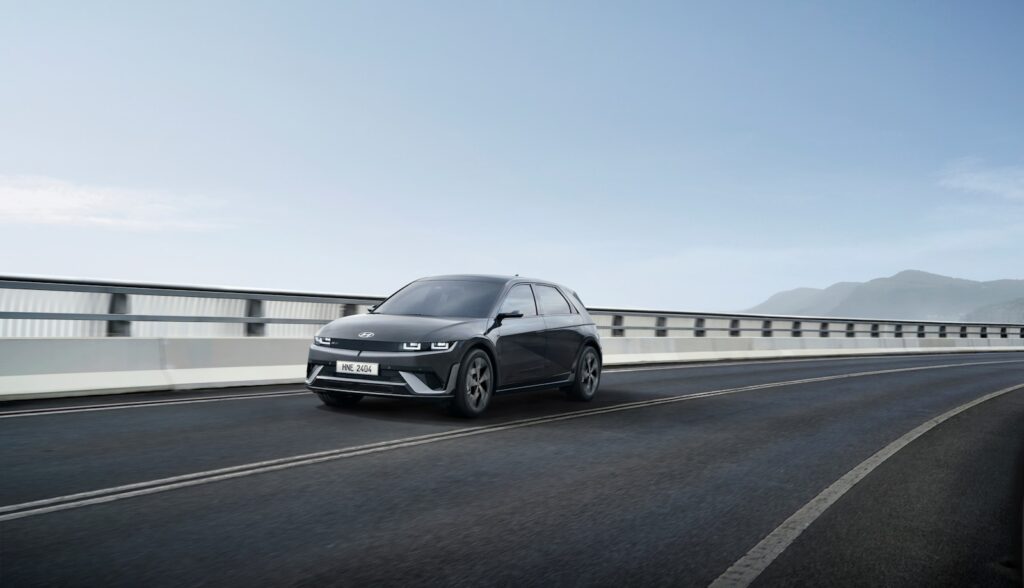
12. **Maine: Targeted Support for Low-Income EV Adopters**Maine has adopted a focused approach to EV incentives, prioritizing accessibility for low-income residents, especially after suspending broader rebate programs. This targeted strategy ensures that the financial benefits of electric vehicle ownership reach those who may face greater economic barriers, promoting equity in the transition to cleaner transportation. It underscores a commitment to social responsibility alongside environmental goals.
Currently, Efficiency Maine offers significant rebates exclusively for qualifying low-income Mainers. These rebates are substantial, making EV ownership considerably more affordable for eligible individuals. For a new Battery Electric Vehicle (BEV), a rebate of $7,500 is available, while new Plug-in Hybrid Electric Vehicles (PHEVs) can qualify for $3,000. Recognizing the value of the pre-owned market, used BEVs and PHEVs are also eligible for a $2,500 rebate, opening up even more affordable options.
To access these crucial incentives, applicants must undergo income verification directly from Efficiency Maine *before* purchasing or leasing an eligible vehicle. This proactive verification process is vital. Eligibility is tied to participation in specific state or federal income-qualified programs, such as the Home Energy Assistance Program (HEAP), Supplemental Nutrition Assistance Program (SNAP), Temporary Assistance for Needy Families (TANF), or MaineCare. For eligible residents, these rebates offer a powerful incentive to make the switch to an electric vehicle, significantly reducing the financial burden.
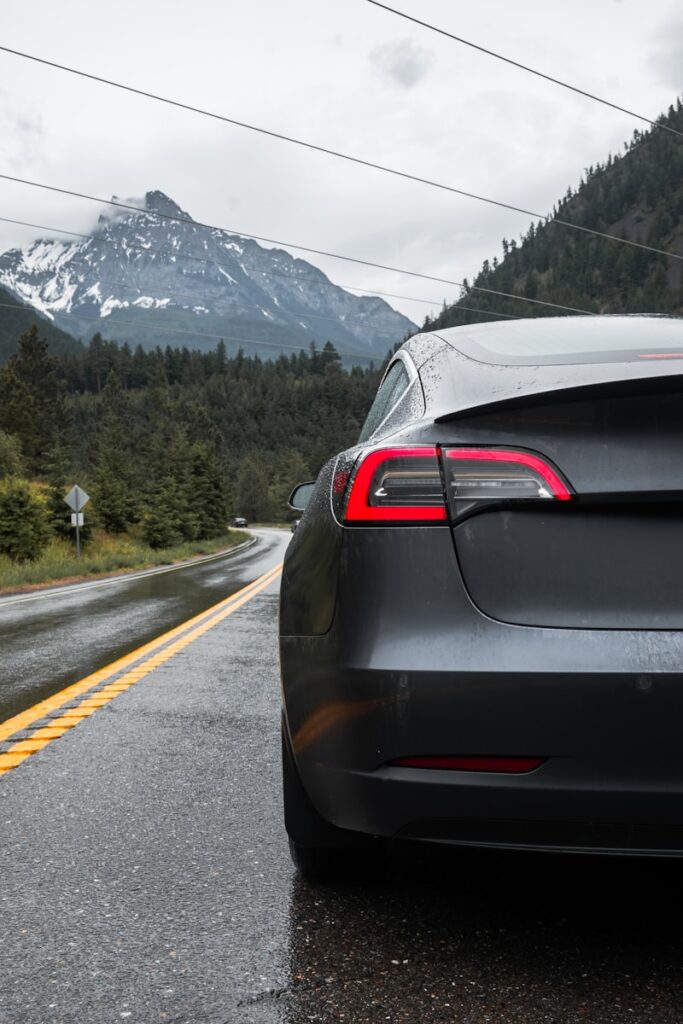
13. **Maryland: Tax Credits, HOV Lane Access, and Purchase Price Caps**Maryland offers a robust suite of incentives for electric and fuel cell electric vehicles, combining direct tax credits with practical benefits like High Occupancy Vehicle (HOV) lane exemptions. The state’s program demonstrates a thoughtful balance between encouraging adoption and ensuring that incentives are directed towards a specific range of vehicles, making it an attractive destination for prospective EV buyers.
Beginning July 1, 2023, qualified EV and Fuel Cell Electric Vehicle (FCEV) purchasers in Maryland can apply for an excise tax credit of up to $3,000. This credit is awarded on a first-come, first-served basis, highlighting the importance of timely application. To ensure equitable distribution, the credit is limited to one vehicle per individual and up to 10 vehicles per business entity. Key criteria for eligible vehicles include a total purchase price not exceeding $50,000, propulsion by an electric motor drawing electricity from a battery with a capacity of at least 4 kWh, and no modifications from original manufacturer specifications. Importantly, the vehicle must be purchased and titled for the first time between July 1, 2023, and July 1, 2027, setting a clear timeframe for this incentive.
Beyond financial credits, Maryland provides a practical perk: permitted EVs may operate in any state HOV lanes regardless of the number of occupants. This can significantly reduce commute times and provide a tangible daily benefit for EV owners. To qualify for this HOV lane exemption, EVs must have a speed capability of at least 65 miles per hour, and owners must obtain a permit from the Maryland Department of Transportation Motor Vehicle Administration, which may cost up to $5. These combined incentives make Maryland an appealing state for those looking to maximize both financial savings and operational convenience with their EV purchase.

14. **Massachusetts: Multi-Tiered Rebates for EVs, Trucks, and Income-Qualified Buyers**Massachusetts stands out with its multi-faceted approach to EV incentives, offering a variety of rebates through the Massachusetts Offers Rebates for Electric Vehicles (MOR-EV) Program. This comprehensive framework caters to individuals, non-profits, and businesses, encompassing everything from standard EV purchases to specialized light-duty electric trucks, with a strong emphasis on supporting income-qualified residents.
The core MOR-EV Program provides rebates of up to $3,500 toward the purchase or lease of eligible electric and fuel cell electric vehicles. This broad program supports a wide range of EV models and is available to residents, non-profits, and businesses, including rental cars, company cars, and delivery vehicles for fleet purposes. To qualify, applicants must apply within three months of the vehicle purchase or lease date and commit to retaining ownership for a minimum of 36 months, encouraging long-term EV adoption. Furthermore, the MORE-EV Used program extends these benefits to eligible used vehicles for Massachusetts residents who meet specific income qualifiers, broadening access to more affordable options.
For those considering larger electric vehicles, the MOR-EV Light-Duty Zero Emission Truck Rebates offer a substantial $7,500 for Class 2 pick-up trucks with a Gross Vehicle Weight Rating (GVWR) between 6,000 and 10,000 pounds, or other electric vehicles of any body type with a GVWR between 8,501 and 10,000 pounds. These vehicles must have a maximum total MSRP of $80,000. This specific truck rebate is available to Massachusetts residents, private businesses, non-profit organizations, educational institutions, and various government entities, highlighting a robust effort to electrify commercial and municipal fleets.
Beyond statewide programs, local utilities like Concord Municipal Light Plant (CMLP) and Shrewsbury Electric and Cable Operations (SELCO) offer additional rebates. CMLP provides tiered rebates of up to $1,000 for new BEVs/PHEVs (priced at or below $55,000/$50,000) and used BEVs/PHEVs (priced at or below $25,000), with amounts varying by income level. SELCO offers a flat $1,000 rebate for new or used BEV purchases and $400 for new BEV leases, with an additional $250 for income-qualified households. Taunton Municipal Light Plant (TMLP) also contributes with a $450 customer rebate for new or used BEVs or PHEVs, allowing a maximum of two rebates per household. These varied and generous incentives make Massachusetts a leading state for maximizing EV savings.
As we conclude our comprehensive journey through the landscape of state-level EV incentives for 2025, it’s abundantly clear that the path to electric mobility is paved with significant financial opportunities. From direct tax credits and rebates to unique utility programs and specialized incentives for income-qualified buyers, the support for EV adoption across the nation is more diverse and robust than ever. These programs are not just about saving money; they represent a collective commitment to a cleaner, more sustainable future. By understanding and actively pursuing these tailored benefits, prospective EV owners can truly unlock the full potential of their investment, making the switch to an electric vehicle not just an environmental choice, but a financially savvy one. The time to explore these exciting possibilities and drive towards a greener tomorrow is now.

